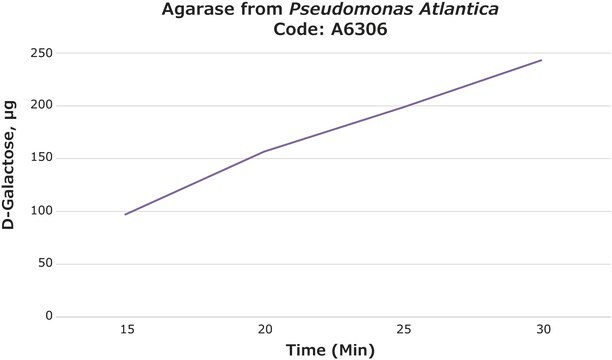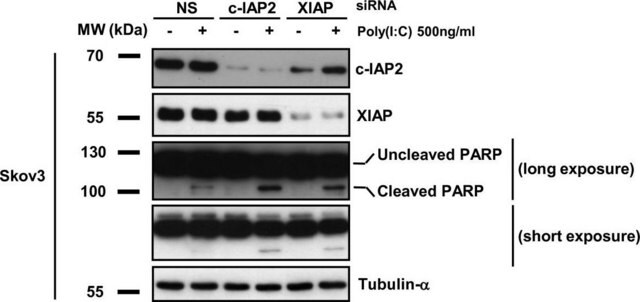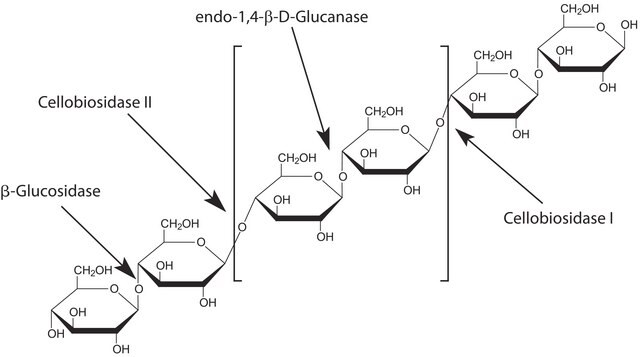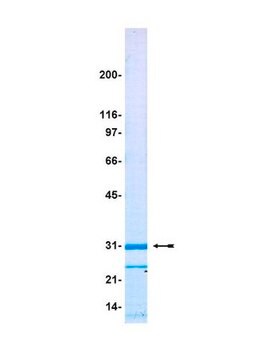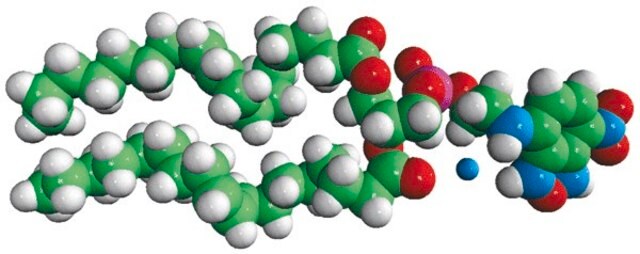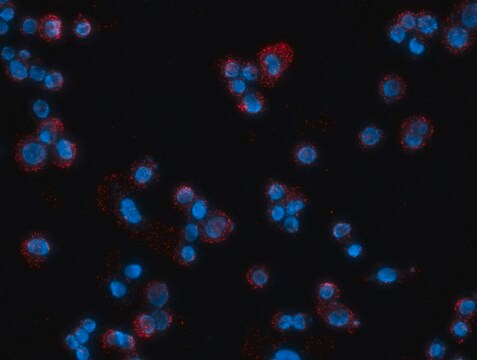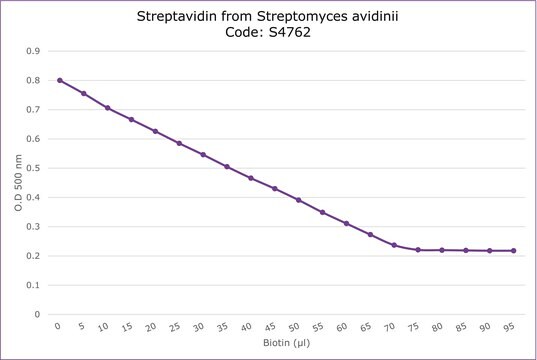F1010
Anti-Mouse Polyvalent Immunoglobulins (G,A,M)−FITC antibody produced in goat
affinity isolated antibody, buffered aqueous solution
Autenticatiper visualizzare i prezzi riservati alla tua organizzazione & contrattuali
About This Item
Prodotti consigliati
Origine biologica
goat
Coniugato
FITC conjugate
Forma dell’anticorpo
affinity isolated antibody
Tipo di anticorpo
secondary antibodies
Clone
polyclonal
Stato
buffered aqueous solution
tecniche
direct immunofluorescence: 1:256
Temperatura di conservazione
2-8°C
modifica post-traduzionali bersaglio
unmodified
Descrizione generale
Immunoglobulins are proteins produced by B cells in response to antigen and regulate response to bacteria, and viruses. IgG is the main antibody type found in plasma and extracellular fluid and has a pivotal role in complement fixation and placental transport. IgA has a crucial role in mucosal immunity as it restricts pathogens from entering the mucosal membrane. IgM is the largest antibody having a pentameric structure which regulates polyreactivity and removes apoptotic cells. Anti-mouse polyvalent immunoglobulins (G,A,M)−FITC antibody can be used in direct immunofluorescence and immunoelectrophoresis. Goat anti-mouse polyvalent immunoglobulins (G,A,M)-FITC antibody reacts specifically with mouse IgG, IgA, or IgM.
Immunogeno
Purified mouse IgG, IgA and IgM
Applicazioni
Anti-mouse polyvalent immunoglobulins (G,A,M)−FITC antibody can be used in immunohistochemistry and flow cytometry.
Applications in which this antibody has been used successfully, and the associated peer-reviewed papers, are given below.
Immunofluorescence (1 paper)
Immunofluorescence (1 paper)
Stato fisico
Solution in 0.01 M phosphate buffered saline, pH 7.4, containing 1% bovine serum albumin and 15 mM sodium azide.
Esclusione di responsabilità
Unless otherwise stated in our catalog or other company documentation accompanying the product(s), our products are intended for research use only and are not to be used for any other purpose, which includes but is not limited to, unauthorized commercial uses, in vitro diagnostic uses, ex vivo or in vivo therapeutic uses or any type of consumption or application to humans or animals.
Non trovi il prodotto giusto?
Prova il nostro Motore di ricerca dei prodotti.
Codice della classe di stoccaggio
10 - Combustible liquids
Classe di pericolosità dell'acqua (WGK)
WGK 2
Punto d’infiammabilità (°F)
Not applicable
Punto d’infiammabilità (°C)
Not applicable
Scegli una delle versioni più recenti:
Possiedi già questo prodotto?
I documenti relativi ai prodotti acquistati recentemente sono disponibili nell’Archivio dei documenti.
A C Cunningham et al.
Immunology, 86(2), 279-286 (1995-10-01)
The role of major histocompatibility complex (MHC) and adhesion molecule expression by alveolar epithelium on the modulation of immune responses in the lung is not understood. We have developed efficient methods to isolate, purify and culture human alveolar epithelial cells
Daniel Růzek et al.
Virus research, 137(1), 142-146 (2008-07-08)
We undertook a comparative study of the susceptibility of different tick cell lines to infection with the European subtype of tick-borne encephalitis virus (TBEV), prototype strain Neudoerfl. The growth of TBEV was investigated in lines derived from vector Ixodes ricinus
A Gonzalez-Ruiz et al.
Journal of clinical microbiology, 30(11), 2807-2813 (1992-11-01)
Approximately 10% of the world population is infected with Entamoeba histolytica, but only 10% of the carriers develop symptomatic amebiasis. This discrepancy could be explained by the genotypic differences between the morphologically indistinguishable invasive and noninvasive strains of E. histolytica
S P Wang et al.
Journal of clinical microbiology, 29(7), 1295-1298 (1991-07-01)
A new method for determining the serovars of Chlamydia trachomatis isolates by utilizing fluorescent-antibody staining of inclusions in cell culture is described. Monoclonal antibodies which have been successfully used previously for serotyping in the microimmunofluorescence test were employed. The cell
María Mónica Remedi et al.
International journal of experimental pathology, 90(1), 44-51 (2009-02-10)
The tumour microenvironment, which is largely composed of inflammatory cells, is a crucial participant in the neoplastic process through the promotion of cell proliferation, survival and migration. Neutrophil polymorphonuclear cells (PMNs) induce inflammatory reactions that can be either cytotoxic for
Il team dei nostri ricercatori vanta grande esperienza in tutte le aree della ricerca quali Life Science, scienza dei materiali, sintesi chimica, cromatografia, discipline analitiche, ecc..
Contatta l'Assistenza Tecnica.